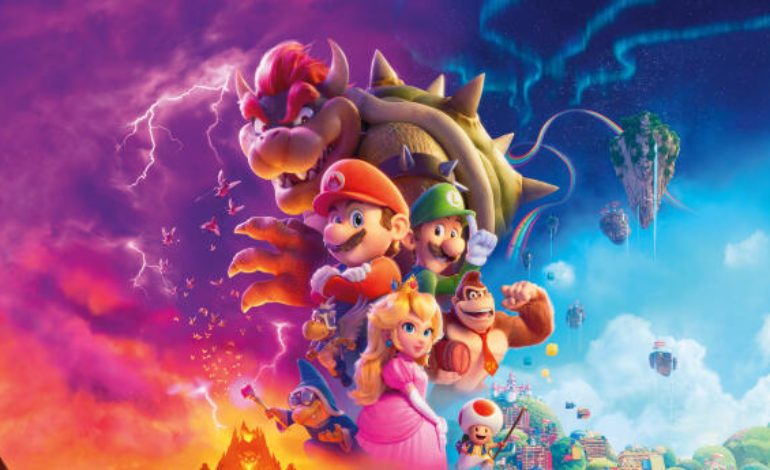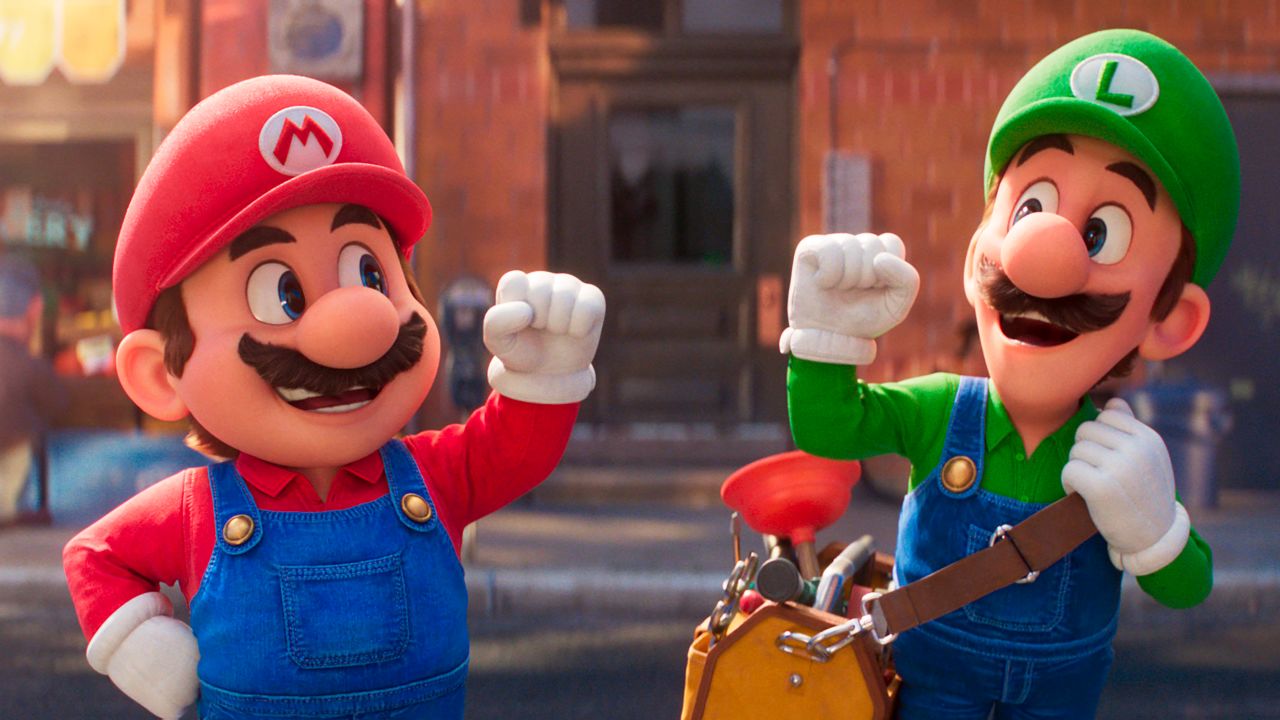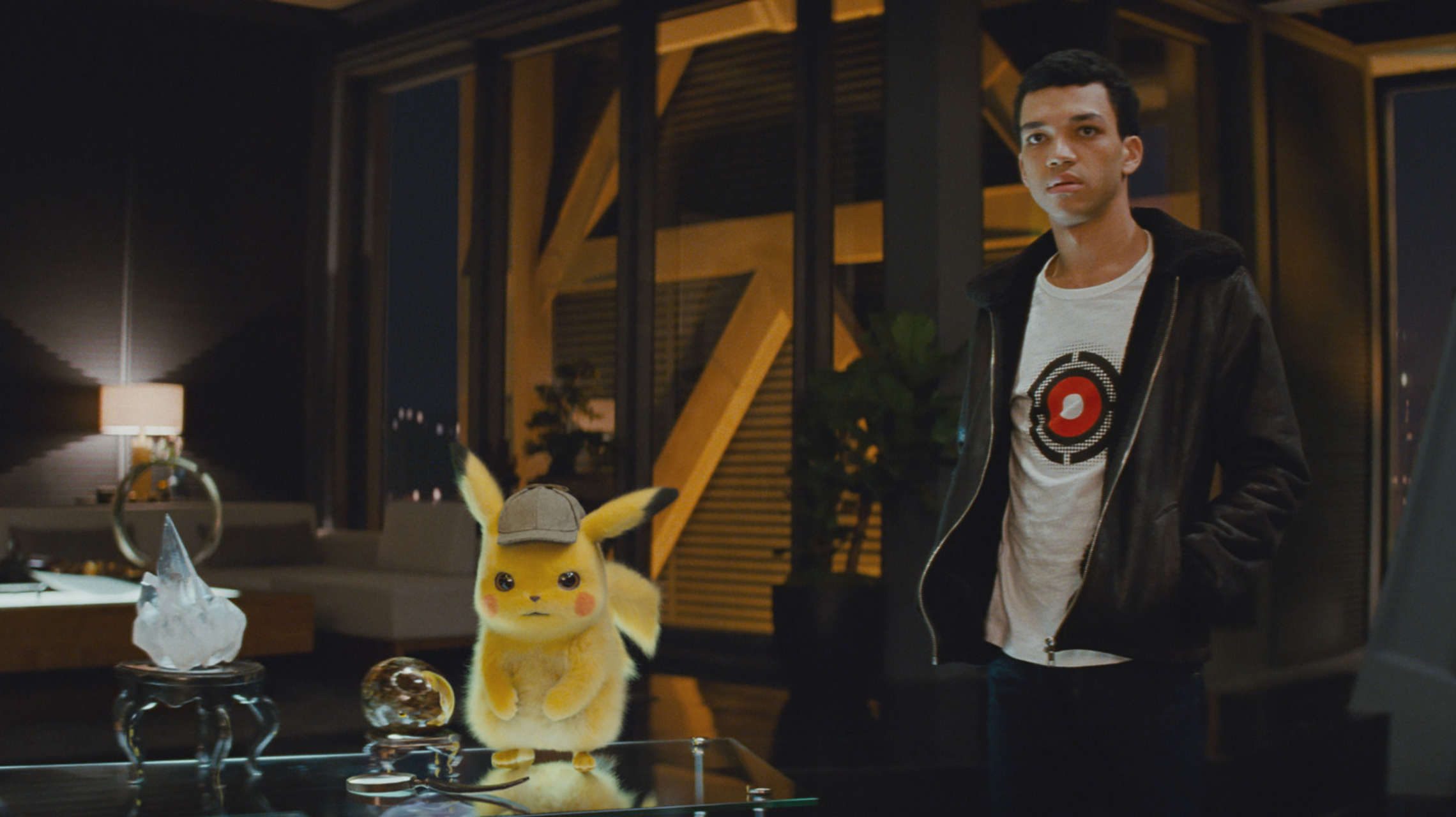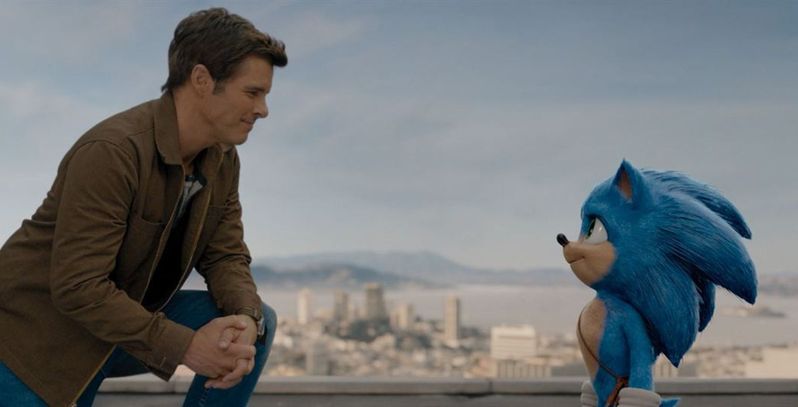

With a fall movie season stocked full of some of the most anticipated book to film adaptations, it seems high time to take a look at another, if not quite as common, form of adaptation; video game to film. When you think of video game-to-film adaptations, the main thing that might come to mind is goofy movies catered towards kids such as Sonic the Hedgehog or Pokémon: Detective Pikachu—films with a target audience maybe close to 7 years old and which make parents want to put their foot through the television. While in general, most of these films are light-hearted, silly movies that send most preteen boys giggling, they tend to do extremely poorly with critical ratings. Even the classic Pokémon movies that came out in the late 90s to early 2000s were not spared, rarely reaching higher than 20% on rotten tomatoes. The highest ranked Pokémon film of the franchise of 23 films, Pokémon the Movie: The Power of Us which came out in 2018, only managed a 71%. The ultimate tragedy to video game to film adaptations ruining the reputation of the genre for years to come is shown in the 90s and early 2000s with the original Mortal Kombat, Street Fighter, and Tomb Raider. The harsh critiques that followed that generation’s attempt at adaptations left video game fans watching each new film through their fingers in case their own favorite game met the same fate. While there has been success for this style of adaptation, it has been mostly in TV programming rather than traditional film. Such popular examples include League Of Legends’ hit Netflix original, Arcane, and HBO Max’s The Last of Us. Despite these more recent productions, the general consensus on video game-to-film adaptations is relatively negative. Why is it so difficult to make a successful film based on a video game?
A major difference between video game to film and the more classic book to film adaptation style is the original medium is incredibly different. Not to say all book to film adaptations are spectacular, but the success rate and ratings are objectively higher for book to films. Books, comics, short stories, poems, etc. have a clear narrative story independent of the outside world. While they might not stay true word for word scene for scene in the film as they were originally written in the text, screenwriters typically only have one clear path to take the characters through the story. In contrast, video games might also have a very clear narrative and story element, but how they get there relies heavily on the interaction a player has with the story line. Adaptors have the added struggle, therefore, of choosing how to display the story independent of any kind of interaction so that it stands alone and makes sense. One way this has been done is in the aforementioned Pokémon films where a story is created just around some of the characters in the franchise. The basis of the Pokémon video games is running around independently in the world, collecting Pokémon, and battling them. For the films, the plots focused on the protagonist, Ash, and his group of friends as they all strive to become Pokémon masters. Each film captures an element of the Pokémon world, discussing moral dilemmas and introducing new Pokémon to the audience.


Another way in which video games have been adapted to the screen is by laying out the backstory of the world that the game is set in. A recent example of this is The Super Mario Bros. Movie which came out earlier this year. Super Mario Bros. featured all our favorite characters from the universe and more importantly showed Mario and Luigi’s backstory. The world in which the game exists mainly has a single task: rescue Princess Peach from Bowser. By throwing in some gags and fleshing out the kingdom that Peach rules over a bit more, the film was able to take up the task of at least an hour and a half that most feature films strive for. It has since become the highest grossing video game-to-film adaptation to date. Super Mario Bros. is goofy and simple, checking all the boxes of its target audience, but while it’s definitely entertaining in some respect, its whole plot and fanbase hinges on the promise of it being a little stupid.
This brings up another major issue that video game-to-film adaptations struggle with; there’s just not a lot of content to work with. The interaction of the audience with a simple plot line is often what makes a video game popular. Take Mario for instance. There is really not a lot of plot in the video game to mess with. Fight Bowser. Rescue Peach. The simplicity of not just this plot but many other video games that have been made into films makes them fall short and end up being pure goof without much substance. The other side of the coin is that the creativity gets the best of the production team and they create such a complex and intense plotline that even the most diehard of game fans would have a hard time understanding.


On a more positive side, there has been headway in the video game-to-film department regarding bringing animated characters to life. The Pokémon: Detective Pikachu film actually did relatively well for the standards set by past video game-to-film movies as the second highest rated Pokémon film to date. It is based on the 2016 game of the same name and is the second highest grossing video game-to-film adaptation of all time. This incredibly goofy film takes a step forward in another issue that has been brought up in game adaptations, the animation of characters in live action films.
Many times when beloved video game protagonists have been brought into our world, they go through a filter between the animated universe and the real one that leaves them no less than ‘terrifying’. The Detective Pikachu and recent Sonic the Hedgehog teams each did a relatively good job with their animated character designs, dispelling some fears that Sonic and Pikachu would have the same fate as many of the antagonists in the 1993 Super Mario Bros film which is too terrifying to include a photo of. With this continued attention to how these characters are adapted into the live action universe, the quality of productions definitely has the potential for a positive uptick.


So the question remains, is it possible to create a successful video game-to-film adaptation that has a complex plot and engaging production value but is still entertaining to its target audience? There are success stories but they are so few and far between that a legitimate formula has thus far not been created. Because of the simplicity of most video game plots that rely heavily on the gamer to create and shape the story, the medium of video games just doesn’t really seem to have the narrative elements to create a film. In the past few years, video game films have been doing steadily better both at the box office and in critical reviews, letting video game fans finally settle into their theater seats with a little less anxiety. Many of these films are still incredibly silly and don’t give much in terms of a deeper plot, but the way in which stories are being created and characters are brought to life has been improving with each new film. It seems just a matter of time before the formula is perfected and video game-to-film adaptations will take the film world by storm.
